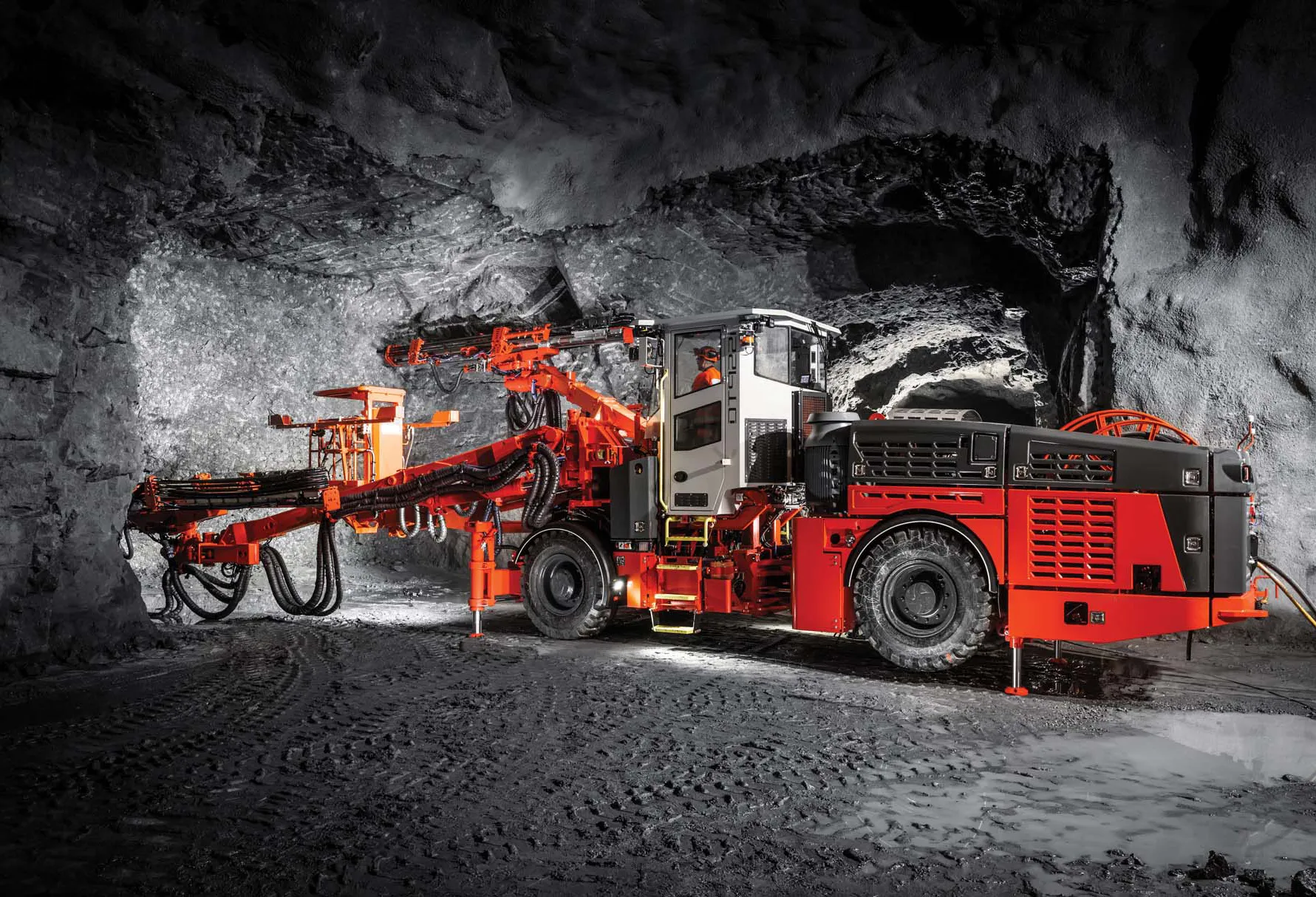Spanish multi-national Indra has announced it is implementing the latest urban traffic control technology in four cities in China - Changde, Guilin, Korla (Bazhou) and Liaocheng - all of them in China, for some US$18 million. The projects include the design, development, implementation and start-up of the traffic control centres in each city. These will be equipped with smart traffic monitoring, signalling and traffic lights; closed circuit TV surveillance, speed control, traffic violation or user informat
April 25, 2012
Read time: 2 mins
Spanish multi-national 5264 Indra has announced it is implementing the latest urban traffic control technology in four cities in China - Changde, Guilin, Korla (Bazhou) and Liaocheng - all of them in China, for some US$18 million.
The projects include the design, development, implementation and start-up of the traffic control centres in each city. These will be equipped with smart traffic monitoring, signalling and traffic lights; closed circuit TV surveillance, speed control, traffic violation or user information system, among others.
Indra's solution will enable all systems to be monitored in real time as well as continuous followup of the traffic which will optimise the flow of vehicles, reduce traffic time, costs and environmental impact while increasing safety. In addition, the followup systems of traffic lights violations through automatic license plate recognition and a management system of traffic offences will help the police control and fine violators.
Indra has been active in China since 1997 and set up a subsidiary in 2002 in Beijing to manage expansion in Asia-Pacific. The company has carried out projects dealing with air traffic control, simulation, traffic control systems for tunnels and motorways, railway access control and safety systems.
The projects include the design, development, implementation and start-up of the traffic control centres in each city. These will be equipped with smart traffic monitoring, signalling and traffic lights; closed circuit TV surveillance, speed control, traffic violation or user information system, among others.
Indra's solution will enable all systems to be monitored in real time as well as continuous followup of the traffic which will optimise the flow of vehicles, reduce traffic time, costs and environmental impact while increasing safety. In addition, the followup systems of traffic lights violations through automatic license plate recognition and a management system of traffic offences will help the police control and fine violators.
Indra has been active in China since 1997 and set up a subsidiary in 2002 in Beijing to manage expansion in Asia-Pacific. The company has carried out projects dealing with air traffic control, simulation, traffic control systems for tunnels and motorways, railway access control and safety systems.









